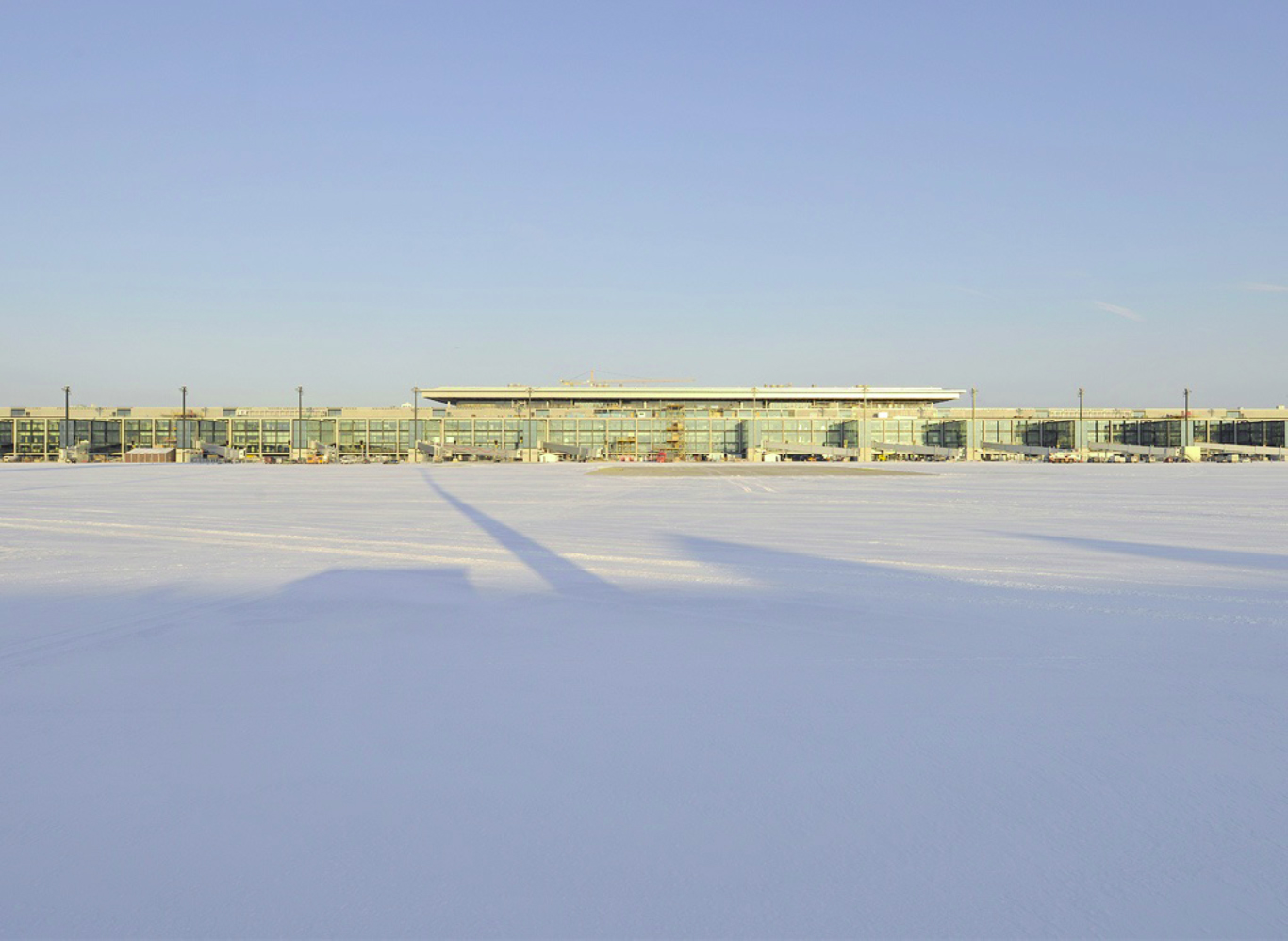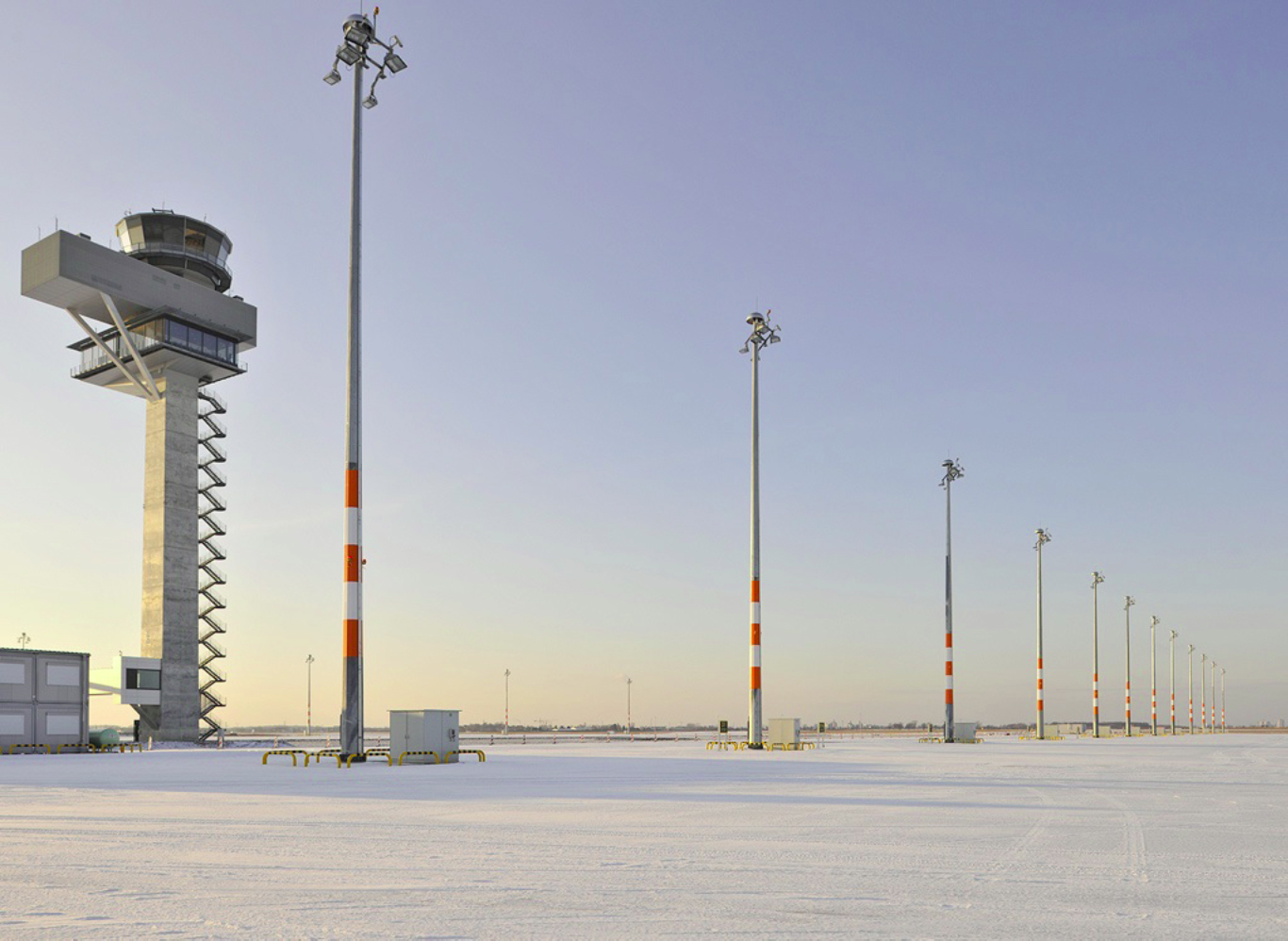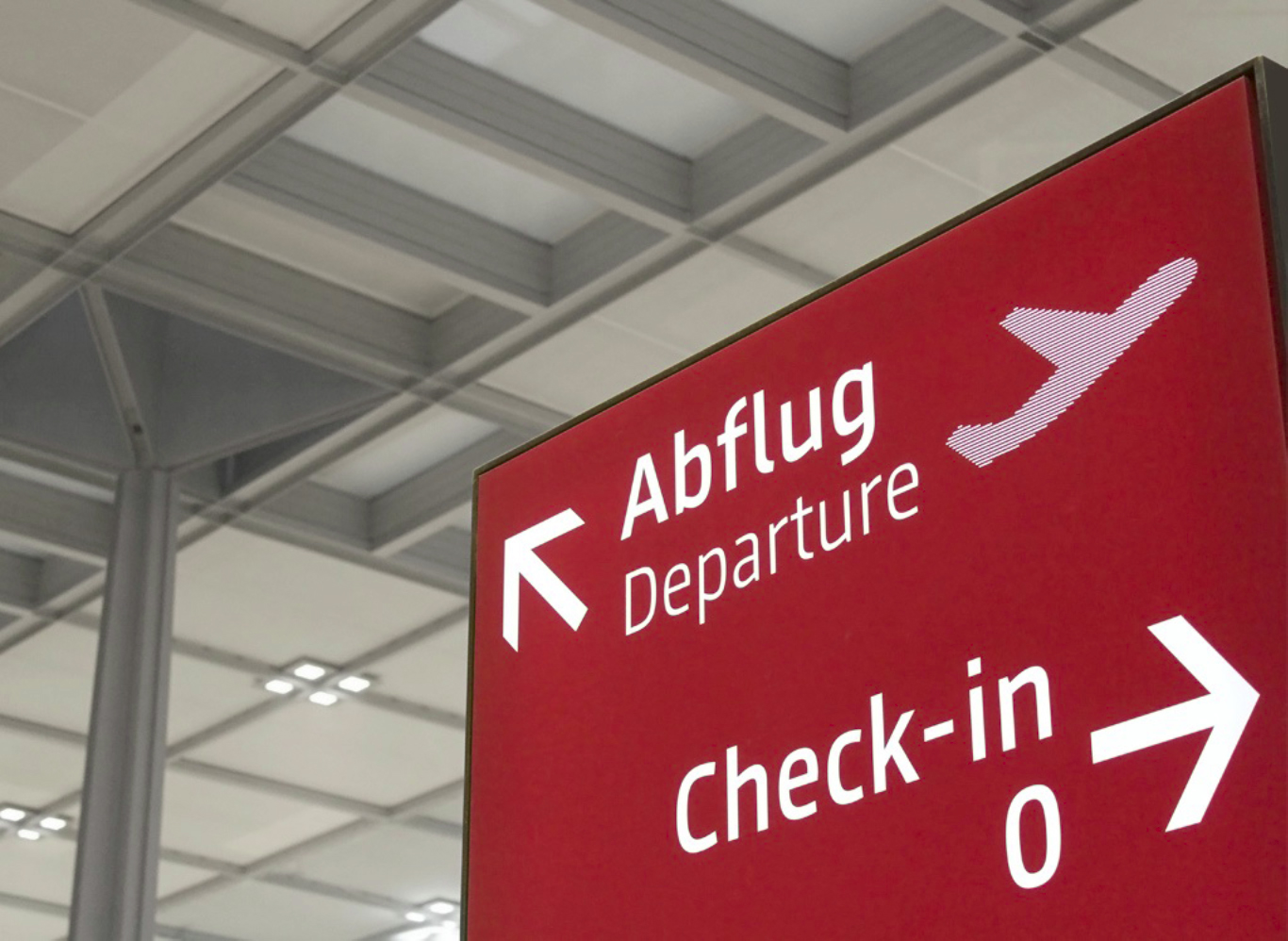


With Berlin Brandenburg Airport, Germany will have a major new airport with a capacity of 27 million passengers per year, welcoming people from all over the world. Twenty years after German reunification, Berlin-Brandenburg is set to become the capital region’s central air transportation hub to all European destinations, especially to the East. The new airport, planned by gmp architects and JSK architects, covers a total area of 1,470 hectares, the size of around 2,000 football pitches.

Two parallel runways, 3.6 km and 4 km long, can be operated independently to accommodate a high frequency of flights. The Berlin Brandenburg Airport Willy Brandt has been named after the Nobel Peace Laureate, former chancellor of Germany and leader of the Social Democratic Party and mayor of West Berlin.

The completely new building follows the ‘one roof’ concept, with domestic, European and intercontinental flights under the same roof in the main terminal building.
It is an airport of short distances. Beneath the terminal there is a train station. From the platforms the passengers get to the check-in and security area in a very short time.

Airports are highly competitive; they have to attract airlines and the business that follows, and they have to handle a high volume of passengers. Therefore they need to have a characteristic visual identity. To help it stand out from the crowd, the Berlin Brandenburg Airport has been given its own signage system – uniquely designed to combine functionality with identity.
Chapter 1 -
Identity

Airports are outstanding symbols of our mobile society. Their architecture and design represent place, time and people.